|
|
April is finally here! That means it’s time to garden. Over the past few years, I’ve jumped from gardening noobie to Martha Stewart status. Is that still an acceptable reference? Anyway, I understand how first-time gardening can be intimidating, so I’m dedicating time to sharing real-world gardening tips. Here’s how to start a compost pile in 3 easy steps.
Busy? Try the speed read.
The scoop: A compost pile is an eco-friendly, efficient way to maximize your garden’s potential. And it’s super easy to set-up and maintain.
Step 1: Pick a location, choose how to store it. Choosing a spot for your compost depends on where you live. If you end up putting it in a bin, poke some holes and cut out the bottom.
Step 2: Collect, collect, and collect more waste. Make it a habit to add organic materials to your compost. See below for a full list of compostable (and non-compostable) items.
Step 3: Wait, use, and maintain. After a few months, you will be dripping in black gold! Once your compost is set up, keep adding more materials to maintain it.
Dig deeper ➝ 3 min
What is a compost pile?
Composting is a process where organic materials are decomposed into organic and inorganic compounds. Any organic waste like banana peels can be thrown into your compost pile. More on that in a sec. This heap can be used to produce ‘black gold’, or rich soil. You can use it as a fertilizer to get your garden going.
See also: 40+ DIY projects for 2021
Why should I start a compost?
- It diverts trash from landfills and reduces methane emissions.
- Keeps your plants healthy
- Saves water (compost helps retain moisture in your soil)
- Saves $$ — avoid a trip to Home Depot and make your own fertilizer!
For more information about the environmental benefits of composting, check out these resources from the EPA.
How to start a compost
Step 1: Pick a good location / decide how you’ll store your compost
Choosing a location for you compost pile has different implications depending on where you live. Those living on a larger piece of land can tuck their compost in a back corner somewhere in your yard. If you live in an apartment or city, you can store your compost in a bin to keep things neat. You can leave it near your trash cans or somewhere it isn’t very noticeable.
If you reside in a city, you should contain your compost pile in something like a trash bin. Side tip: vertical farming is a great way to plant in the city. Be sure to cut out the bottom of the bin if you take this route, since you want to retain the healthy microbes in the soil beneath your bin.
Aluminum cans work really well if you can avoid plastic ones, but either will do. If you live on a larger piece of land, you have the option of just creating a big pile in your yard (you don’t have to contain it).
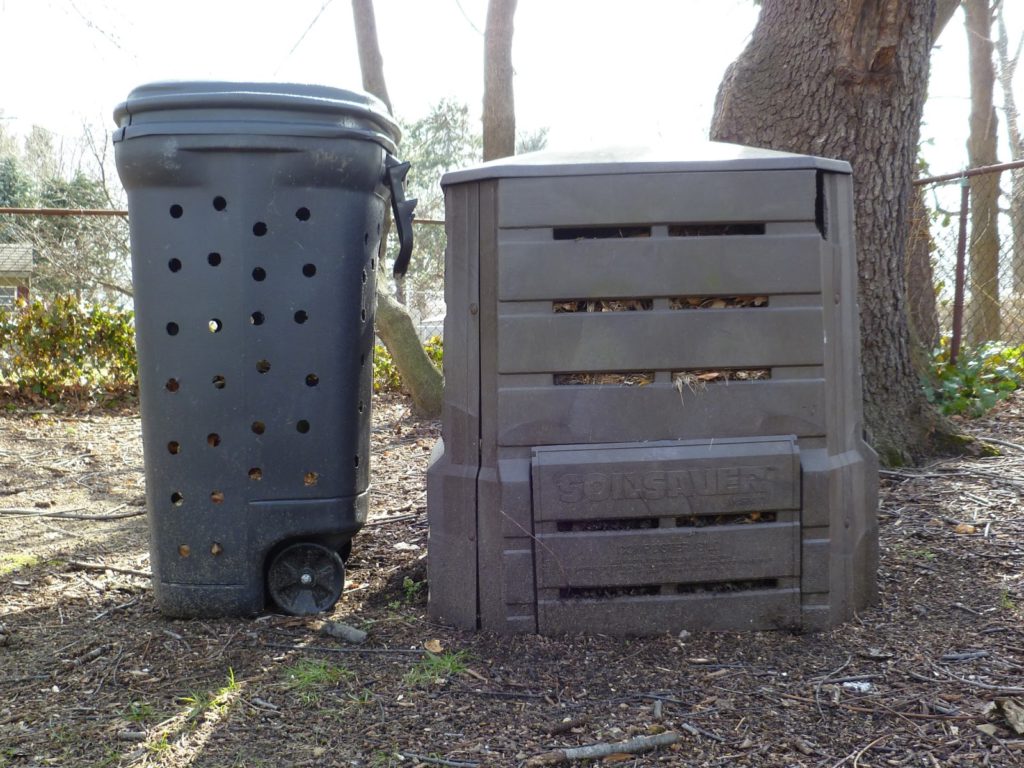
Pro tip (if you use a container): Some experienced composters build a little door at the bottom of their container. The bottom is the first to become rich and ready for use, so it’s helpful to be able to easily access that part of the bin. Many people also poke holes in their compost to maximize the nutrients!
See also: Using home gardening to fight climate change.
Step 2: Collect materials for your compost
This is the fun part! There are so many compost-friendly items you’ve already let go to waste, and now can use them for your benefit.
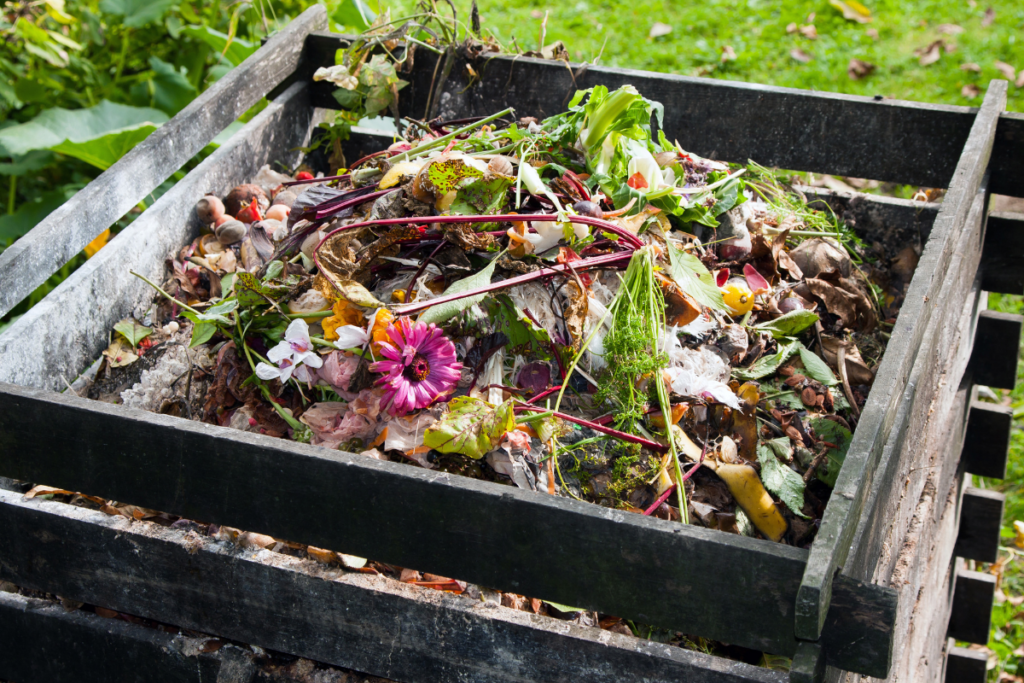
Things you can compost:
- Egg shells (no eggs!)
- Coffee grounds
- Extra bits of fruits and veggies
- Yard trimmings (weeds, grass, etc)
- Paper goods like cereal boxes, newspaper shredding, cardboard rolls
- Fireplace ashes (no charcoal or coal!)
- Hair and fur (perfect for fluffy pets!)
- Hay and straw
- Wood chips, tooth picks, anything organic made from wood is okay
- Leaves
- Nut shells
- Cotton / wool
- Houseplants (probably ones that are dying or you don’t treat anymore)
- Tea bags
You can add a compost bucket to your kitchen sink to catch the junk, or you can add an extra bucket in your kitchen and dump it outside when it gets full. Pro tip: Clean out your kitchen compost bin regularly to avoid bad smells and keep things clean.
Here’s an example of a small kitchen compost bin:
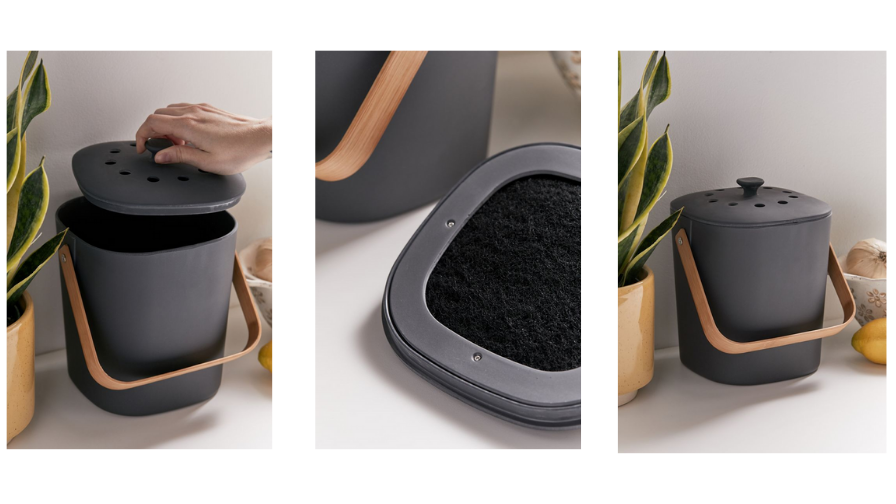
What to avoid in your compost? Anything toxic should be avoided. No dairy, meat, bones, processed foods. Please don’t use dog poop. Poop from plant-eaters like deer is OK.
Step 3: Wait for your compost to be ready. And you’re ready to go!
It takes a few months for your compost pile to become nutrient-rich and ready for planting. But it truly takes care of itself! Once it’s ready and decomposed, it can’t really go bad. Just keep adding to it and it will be the gift that keeps on giving.
Obviously for eager first-time gardeners looking to get their compost going for the start of Spring 2021, it may be a little late. But don’t worry, by the end of June you’ll have a proper compost and you still have a few months to grow faster crops.
If you have any questions about how to start a compost pile (or maintain it), feel free to comment below!
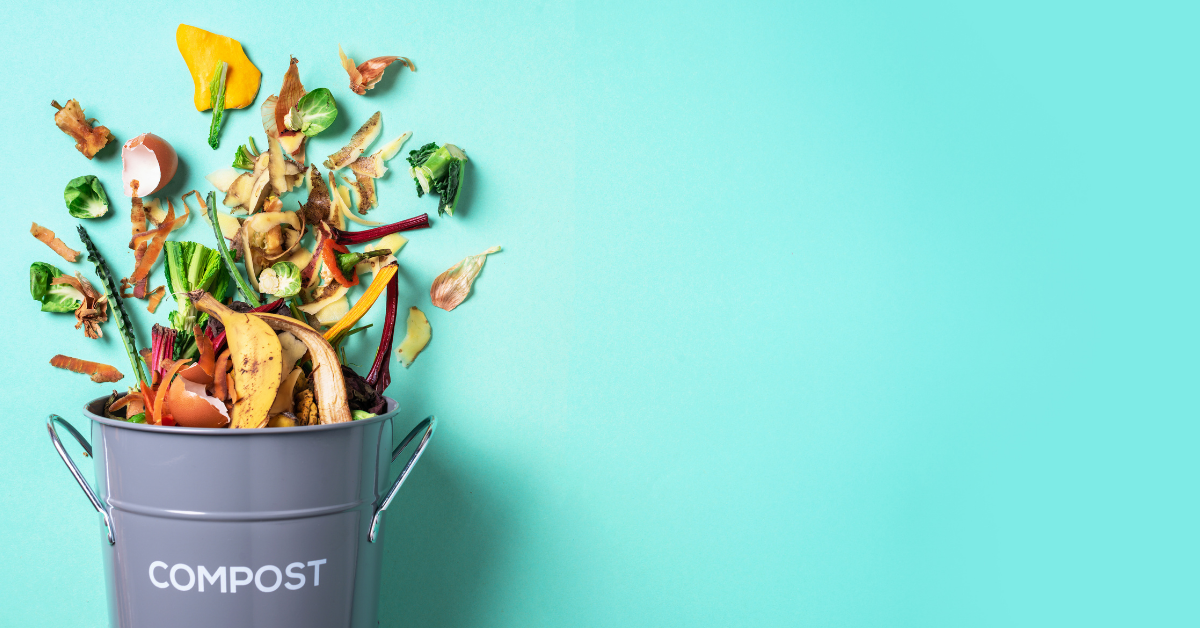

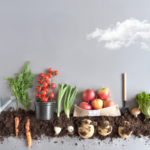
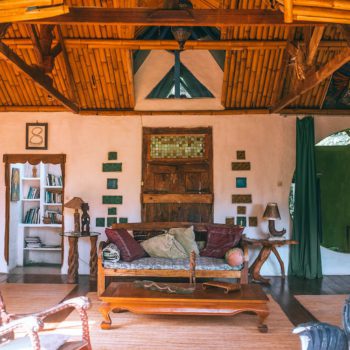
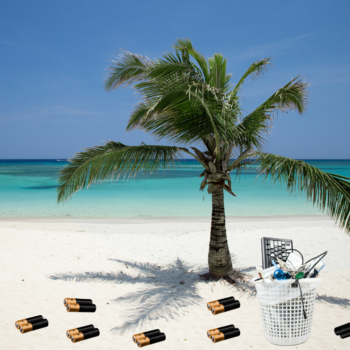



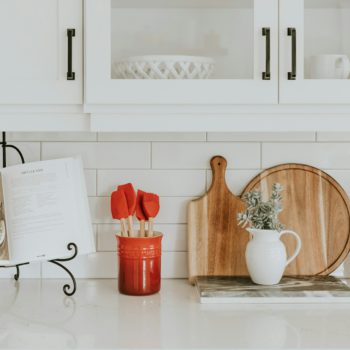

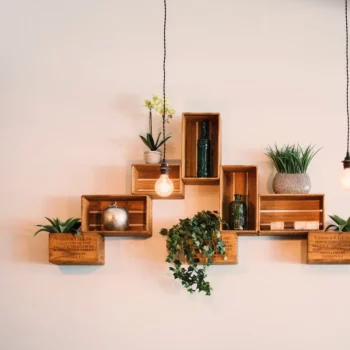


No Comments